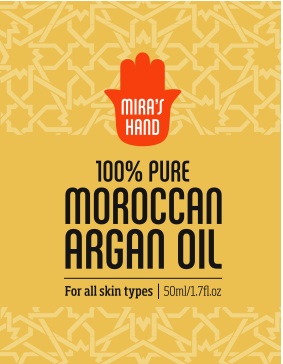Acai Palm
The Acai palm tree consists of seven species of palm that make their home in Central and South America. The plant is fast growing. Under the right conditions a seed only takes a few months to grow into a seedling. It is also an abundantly producing tree, producing two crops of around 900 berries per crop.
The Acai palm is not just used for the berries or fruit it produces. It is actually quite a versatile plant. The leaves are used to make hats, mats, baskets, and are even used for thatching on roofs.
The wood makes an excellent construction material because of its resistance to bugs. The heart of the palm is a common ingredient in salads. The sap of the Acai palm has medicinal properties and is used as an astringent. The roots are often used for gastrointestinal issues.
The Acai fruit is round and either purple or green. This depends on the type of Acai however the more commonly known and used are the purple Acai Berries. It is approximately 1 inch in size 80% of the berry is made up of the seed. The remaining 20% are skin and pulp which is what is used to make Acai juice, pulp and powder.
The seeds are ground and put into soil to increase the nutrient content, placed in the food of livestock and are often used to make things like jewelry or souvenirs.
In some areas of Brazil the Acai makes up more than 40% of the diet. Acai juice is placed in a variety of different drinks from energy drinks, smoothies and even sodas. It can also be added to mixed drinks and cocktails. Ice cream, sorbets, yogurt, puddings, granola or just a dish of the pulp itself are common foods that contain Acai.
The Acai palm has not been able to be cultivated outside of South and Central America however efforts continue to attempt to introduce it into other areas. The fruit is not viable long after harvest which is why it is exported as a powder, juice or pulp that has been frozen or dried.
Studies have been conducted into the value of the sawdust that is created during the milling process for possible use in the generation of energy. Since the inner portion of the tree is high in a number of minerals there are studies ongoing to see if this can be made into a viable source for these minerals.
Even the ash has value as an ingredient for fertilizer. This is in addition to the medicinal and nutritional benefits provided by the edible parts of the Acai palm.
The entire Acai palm from berries to roots can be used in some form of fashion for a variety of purposes making it one of nature’s gifts and a highly valued and regarded natural commodity.




